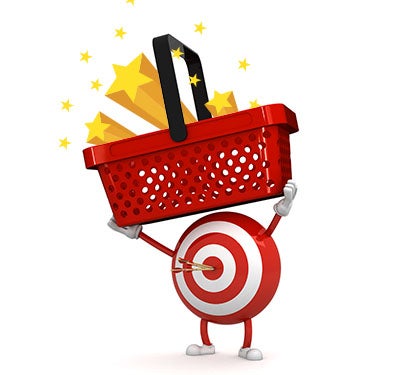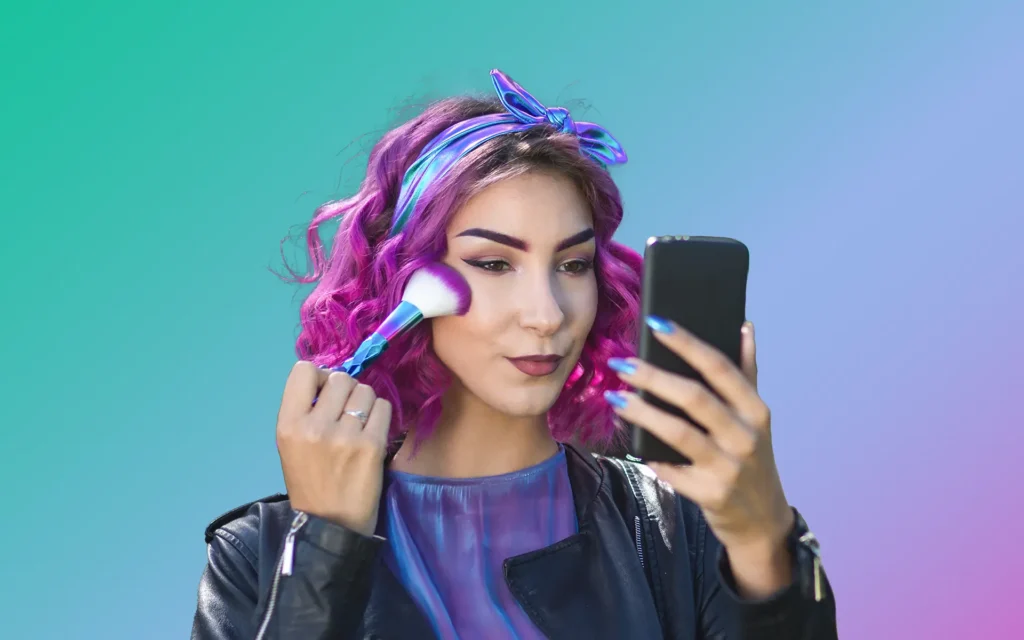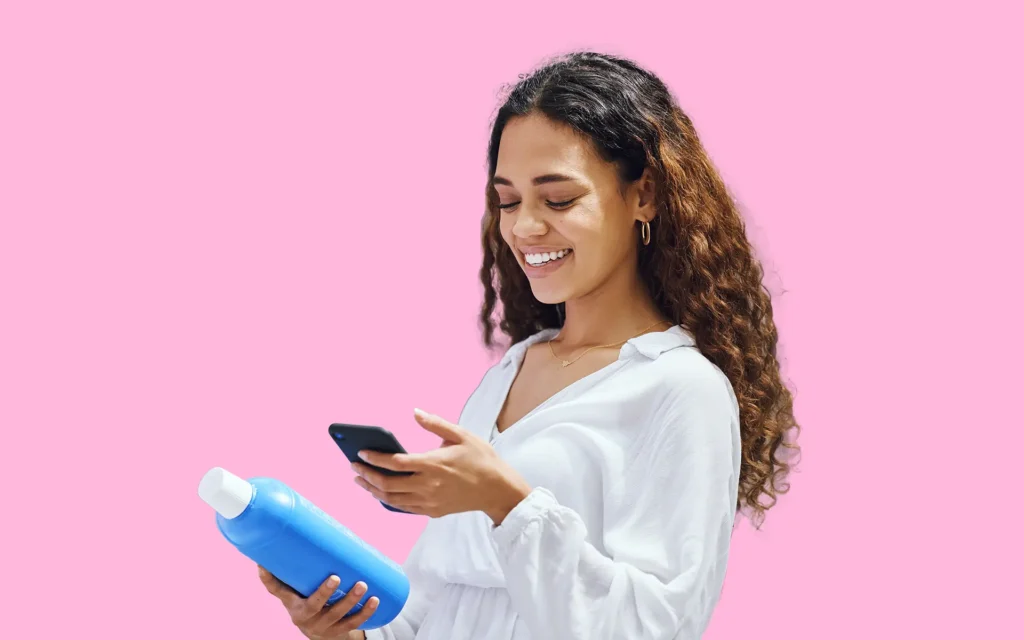Retailers are once again counting on the back-to-school shopping blitz to boost late-summer sales.
For shoppers, however, the experience may feel as stress-inducing as a pop quiz.
Amid continuing concerns about inflation, more than two-thirds of shoppers report seeing higher prices during their back-to-school shopping trips, according to a new survey from Advantage Solutions. Nearly 40% of shoppers say they’re trimming their budgets in other areas to cover their back-to-school expenses, which include school supplies, electronics, book bags, apparel and more.
And as school openings near, shoppers are also experiencing higher grocery prices as parents prepare to send their kids off to school with packed lunches and provide healthy after-school snacks.
“Back-to-school season is more than just a return to classrooms — it’s a new year of sorts, especially for parents,” says Christi Geary, Head of Advantage Marketing Partners, a division of Advantage Solutions. “As the summer’s relaxed routines fade away, families often see the new school year as an opportunity to reestablish structure and healthy habits.”
On average, parents plan on spending an average of $80 per week per child on school lunches and after school snacks, according to the survey.
This back-to-school season, our Intelligence team is seeing an amplified trend toward healthier and more convenient options in the grocery aisle. Parents are looking for snacks that are not only nutritious but also easy to pack. Organic and non-GMO snacks are gaining popularity, as are plant-based products, which appeal to health-conscious and eco-friendly consumers.
Savvy grocery retailers are responding to that demand with sales and promotions, eye-catching displays, new product samples and more private brands. Geary and the Intelligence team note that retailers are also increasingly focusing on personalization and engagement to draw in shoppers, leveraging digital tools to deliver targeted promotions and creating immersive in-store experiences, such as interactive displays and live demonstrations.
Those are smart moves, given that back-to-school shoppers are changing the way they shop due to inflation. Half say they will buy private or less expensive brands, 38% will look for sales more than normal and 25% will use coupons more than normal, per the survey.
Advantage supports retailers by creating omnichannel experiences, including promotional and private brand strategies, digital programs and providing expert in-store execution services, from effective product placement to engaging sampling programs that captivate shoppers.
Food for thought
The stakes are high for retailers to cash in on this seasonal moment. Last year, back-to-school shopping totaled $41.5 billion in sales.
Much of the big-ticket items such as clothing, electronics and supplies are typically purchased in July. But now is the time when parents start changing grocery lists to include more lunch foods, after-school snacks, fresh fruit, portable beverages and other food items. And budget-strapped shoppers are looking for creative ways to save money while purchasing these products.
In recent years, Geary notes, private brands have transformed from being perceived as lesser-value alternatives to becoming highly sought-after for their quality and exclusivity. This shift is aligned with the rise of “dupe culture,” in which consumers actively seek out products that offer similar quality and features to high-end brands but at more affordable prices.
“Inflation is pushing consumers to be more budget-conscious, but it’s a balancing act,” she says. “Grocery shoppers are actively seeking deals and are more willing to try new brands if it means staying within budget. They’re also finding cost-effective solutions to manage rising costs, with bulk buying and bulk-splitting options and flash sales also being popular strategies.”
In fact, bulk buying and splitting the bill is a growing option for parents of schoolchildren. A recent Advantage survey of more than 1,000 shoppers shows that one-third report currently buying in bulk and splitting the groceries — and more than four in 10 shoppers say they would consider doing so to help manage grocery costs. As shoppers return to stocking up on lunch and snack staples, this could become a viable, cost-saving way to shop.
Peer pressure
Beyond nutrition and cost, there are other reasons why more than half of those surveyed (55%) say that back-to-school shopping is more stressful than holiday shopping, including wanting their kids to “fit in” with the right purchases and lunch items — a concern that doesn’t apply to most shopping occasions.
“Social acceptance plays a crucial role in a child’s school experience, and parents are aware of the potential impact that seemingly small details, like the contents of a lunchbox, can have on their child’s social interactions,” Geary says.
She notes that parents are increasingly driven to purchase foods that help their children fit in due to social and psychological pressures associated with school environments.
“This mindset leads parents to consider not only nutritional value but also the social context of their food choices, as they strive to provide their children with the best possible school experience,” Geary says.
As the focus of back-to-school budgets shifts to shopping, planning, prepping and setting the routines for lunches, snacks and time-optimized meals, for grocery retailers, it’s no time to be late for class.
To get the full report, drop us a line and we’ll send it your way.




